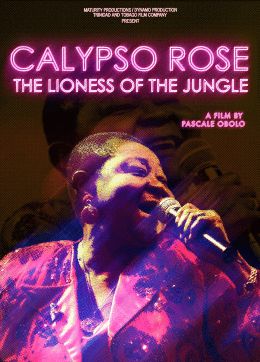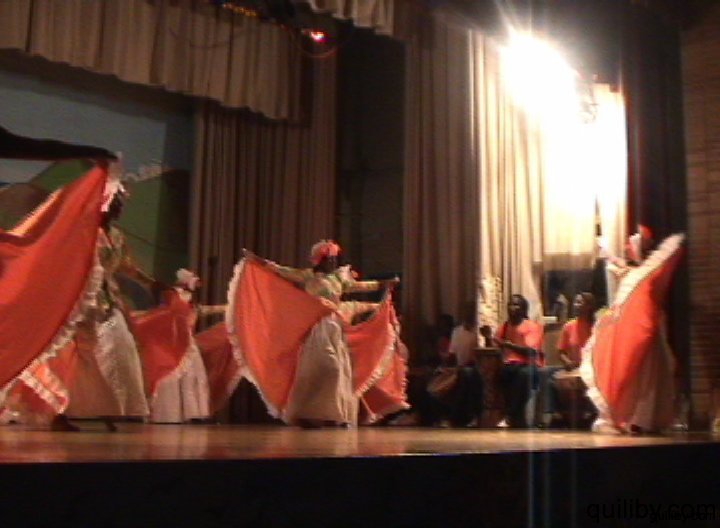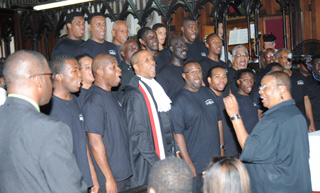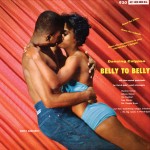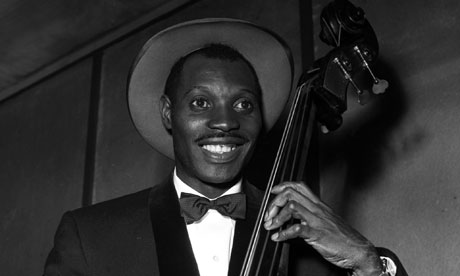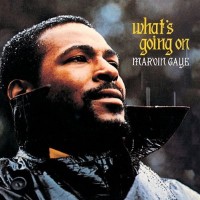The international curtain goes up in Toronto for the premiere of three significant Caribbean films at the 2011 CaribbeanTales Toronto Film Showcase.
The trio of major Caribbean cinematic offerings will be screened during the sixth annual action-packed Showcase set for “Hollywood North” at the Harbourfront Centre in Toronto from September 7 to 17, 2011.
“Calypso Rose: The Lioness of the Jungle”, a documentary about the impact of the Trinidadian queen of soca music; “Ghett’a Life”, a new Jamaican film with positive messages of overcoming adversity and ignorance; and Antigua’s “The Skin”, a film on Caribbean mythology, will play in Toronto.
“We are overjoyed to present the North American premiere of not just the latest Caribbean films, but the best of the brightest of Caribbean filmmakers at our September 2011 showcase,” said Frances-Anne Solomon, CEO of CaribbeanTales Worldwide Distribution. She added that many other exciting films will be screened during the 10-day showcase which also features a market access incubator for Caribbean filmmakers.
Following the opening reception at Lakeshore Terrace on Wednesday, September 7, patrons will screen the Pascale Obolo-directed documentary about Calypso Rose, which will be followed by a live question and answer session with the uncontested diva of calypso music.
Living Legend, Calypso Rose
Calypso Rose, the “Mother of Calypso”, is a living legend, and the documentary features the many faces and facets of her life, including her reflective moments, a great passion for fishing and spirituality. It is a film not only about her vision and ancestral history, but also recounts the journey of a militant and impassioned woman, an Afro-Caribbean soul, and an exemplary artiste, who has touched the life of her people at home and many others in distant lands.
Watch a preview of Calypso Rose:
www.sflcn.com/multimedia.php?id=YtzCPDBA3So
On Tuesday, September 13, “Ghett’a Life”, by respected director Chris Browne of “Third World Cop”, premieres at the Studio Theatre. Ten years in the making, the wholly Jamaican film – funded by local investors and featuring indigenous talent and music – is a depiction of what life can be like in inner city Kingston. The “against the odds” drama – set in a politically turbulent community – tells the story of Derrick, a determined teenager, struggling to realize his dream of becoming a champion boxer despite a country, community and family riven by divisive politics.
On Friday, September 16, “The Skin”, a mythological thriller set in Antigua and Barbuda, will have its Red Carpet launch. A young couple encounters strange occurrences when they unearth and try to sell an ancient artifact. This is the fourth feature film by the husband and wife team of Howard and Mitzi Allen whose work is widely celebrated in Antigua.
The Toronto Showcase, among other goals, aims to raise the international profile of Caribbean film, support the growth of a vibrant world-class Caribbean film and television industry, and serve as a platform for promoting the Caribbean as a premier warm weather travel destination and location for film production.
The Showcase is co-produced with the Harbourfront Centre, and partners include Animae Caribe Animation and New Media Festival, The Consulate General for the Republic of Trinidad and Tobago in Toronto, First Fridays, Green Light Artist Management, the International Development Research Centre, Pennant Media Group, Planet 3 Entertainment, Taffe Entertainment, Toon Boom Animation, the Shridath Ramphal Centre for International Trade Law, Policy and Services at the University of the West Indies, and WHATZHAPPNG. For tickets, the schedule and general information about the CaribbeanTales Film Showcase and Market Incubator, visit www.caribbeantales-events.com.
For original article: Major Caribbean Films to Premiere In Toronto « Repeating Islands.
